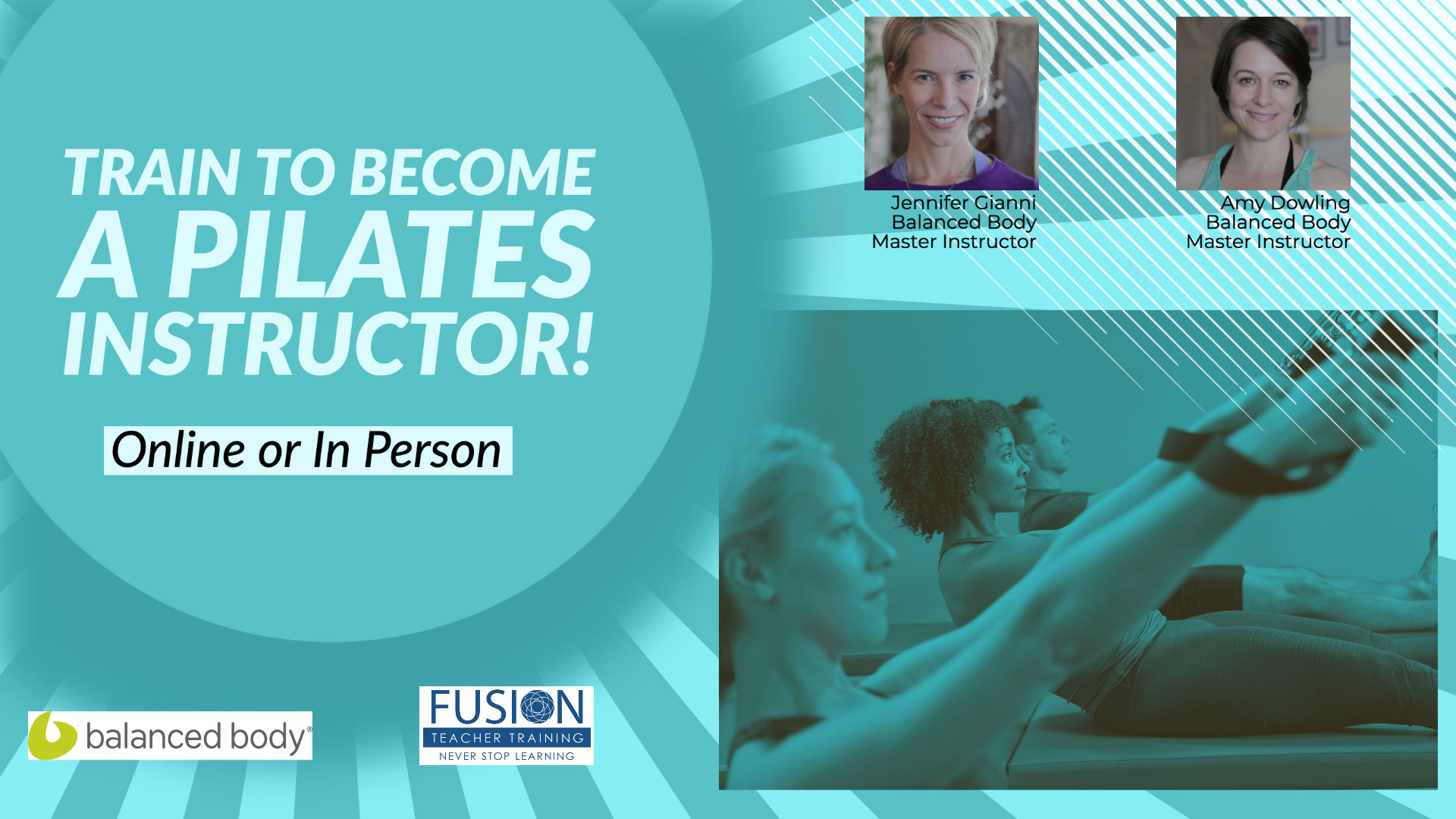 No one wants to be told or to feel that he is messing up at every turn. People new to Pilates can get discouraged because of all the details and nuances involved. Someone not used to moving or not naturally coordinated or body-aware may end up having instructors correcting him at every turn. Constant correction can create more bodily tension, apprehension, and discouragement. Therefore, it is important for the instructor to be deliberate about what corrections she gives to avoid overwhelming the client. She should also make sure to give positive reinforcement to encourage and motivate the client.
No one wants to be told or to feel that he is messing up at every turn. People new to Pilates can get discouraged because of all the details and nuances involved. Someone not used to moving or not naturally coordinated or body-aware may end up having instructors correcting him at every turn. Constant correction can create more bodily tension, apprehension, and discouragement. Therefore, it is important for the instructor to be deliberate about what corrections she gives to avoid overwhelming the client. She should also make sure to give positive reinforcement to encourage and motivate the client.
For most clients, it is a mistake for the teacher to take on the role of Russian ballet master and reprimand and criticize every movement. Instead of motivating clients, this tactic will instead often result in them quitting. It is a much better strategy to focus on three or four problematic areas of the body and find ways for the body to feel better alighnment. Once the body has experienced the optimal position, then it can absorb and learn what you are cueing. For example, if a client is having trouble anchoring his mid-back, give him a bit of an incline under the tops of the shoulders and head. This will “ bring the floor up” to him so his body can feel the difference and recreate that feeling later down the road.
Working like this, the body can really experience Ah Ha moments. When you only give your clients cerebral ques such as “ Your left hip is too high, bring it down,” or “Put more weight in your right back ribcage” for example, it is much harder for them to correct these things.Combining tactile cueing with verbal cues works much better.
Unfortunately, there are teachers that cannot let their clients move 2 cm without correcting them. This will usually create a good amount of rigidity in a client’s psyche and body. It is good to let the client move and start with just giving him a quality that he should strive for in the movement. For example, you might suggest feel like it is “moving through thick honey,” “hot dripping candle wax” , or an “alert, happy puppy,” etc. Remember, the movement clients find will never be your version of perfect; for each client the journey of finding and then traveling through the movement will be different. And that’s okay. We are not looking for carbon copies. We are looking for the client to connect with the movement.
I cannot overemphasize the importance of discovering things the client does well and pointing those out. At first, these might be challenging to pinpoint, but there is always something. It could be something as simple as the quality of the inhale or exhale, the fluidity of a spinal arch or curl, or the ease of a rotation from the rib cage. Pointing out the positives (with exuberance) makes all the difference in the world to your client.
If clients are given a more relaxed and accepting atmosphere to experiment in, they will more likely be relaxed and accepting of their bodies; this is when real change can happen. In short, being supportive, encouraging, and helpful to your clients rather than critical of them is always the right choice.
Thanks for reading! Let us know your own thoughts below.




Leave A Reply (No comments So Far)
Please - comments only. All Pilates questions should be asked in the Forum. All support questions should be asked at Support.
You must be logged in to post a comment.
No comments yet.